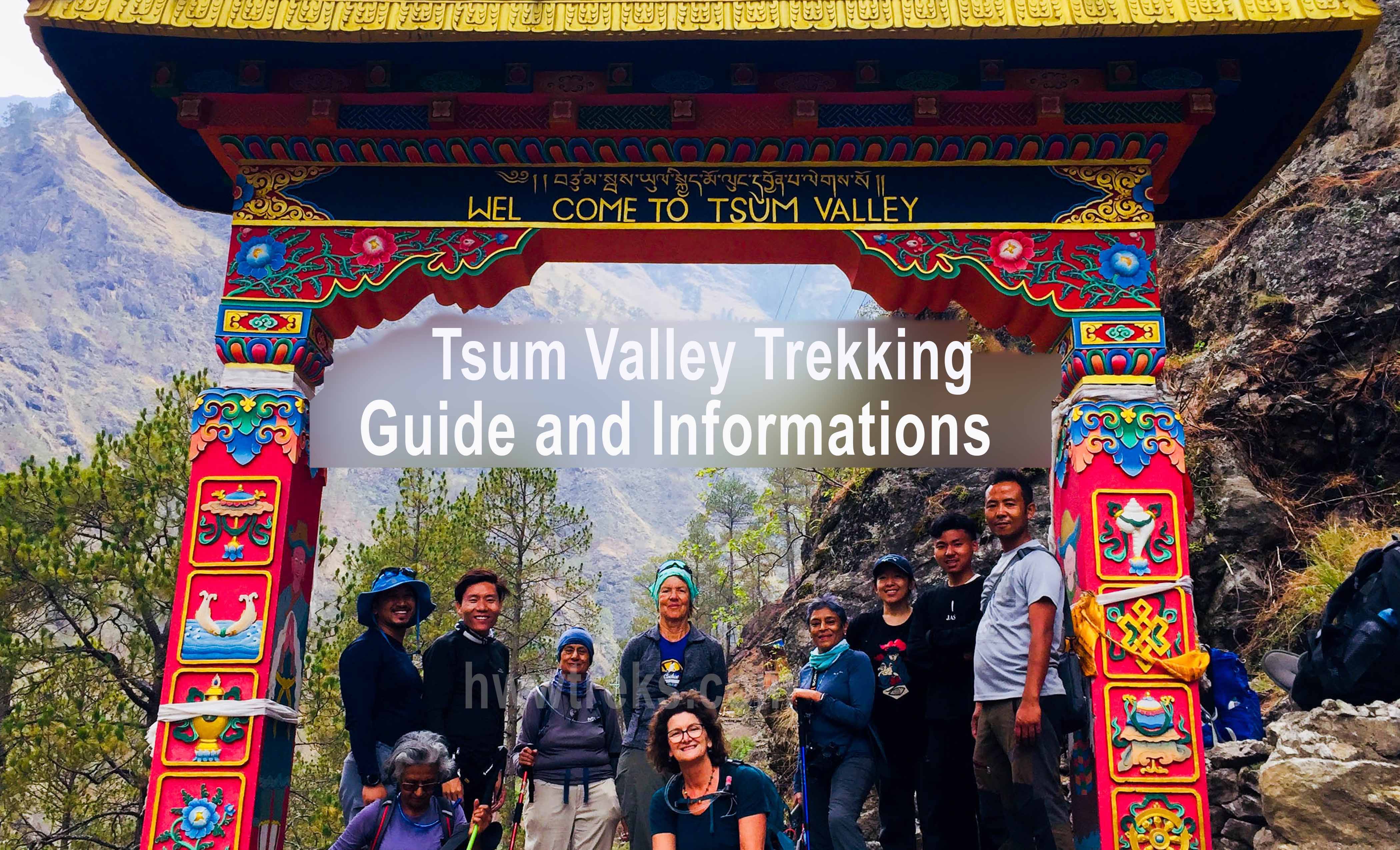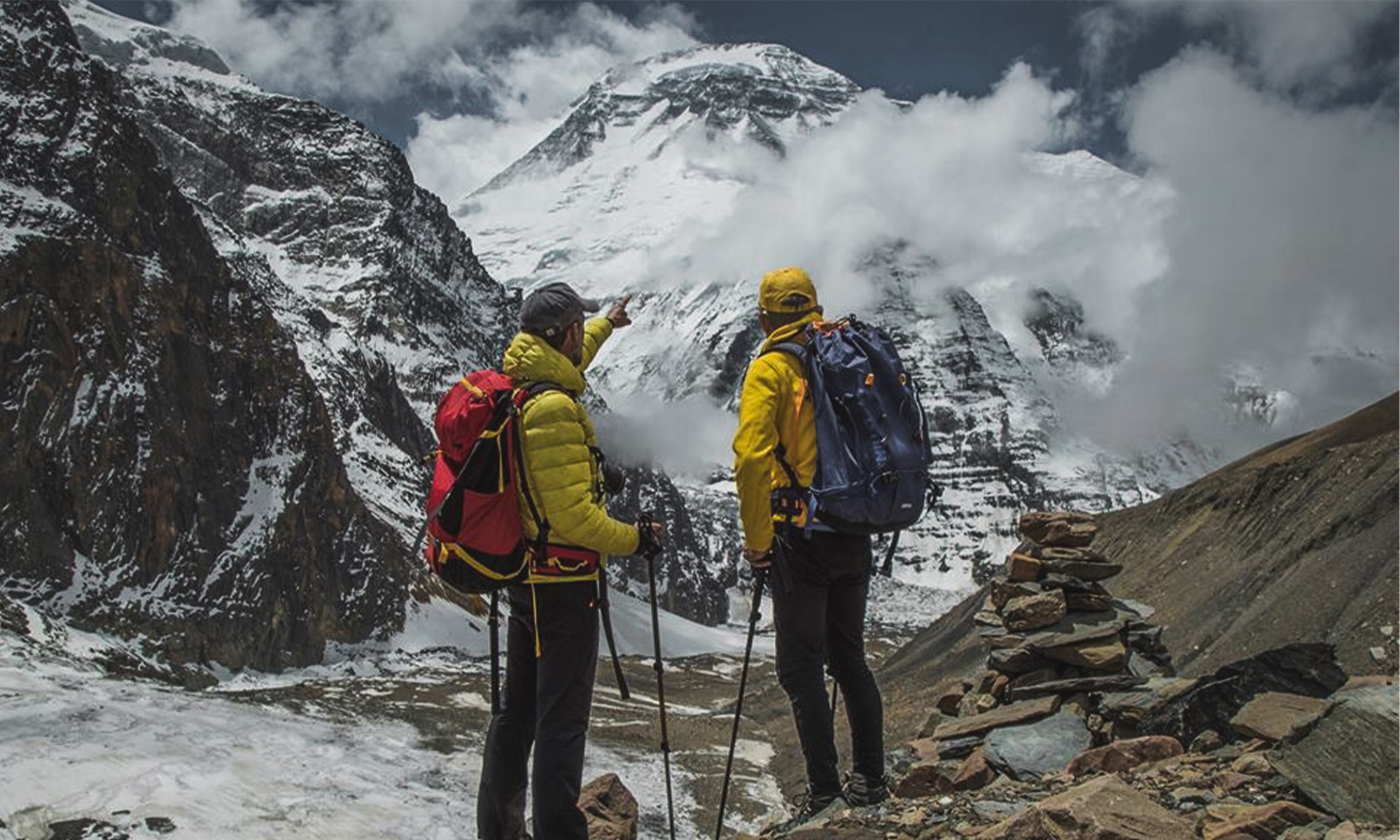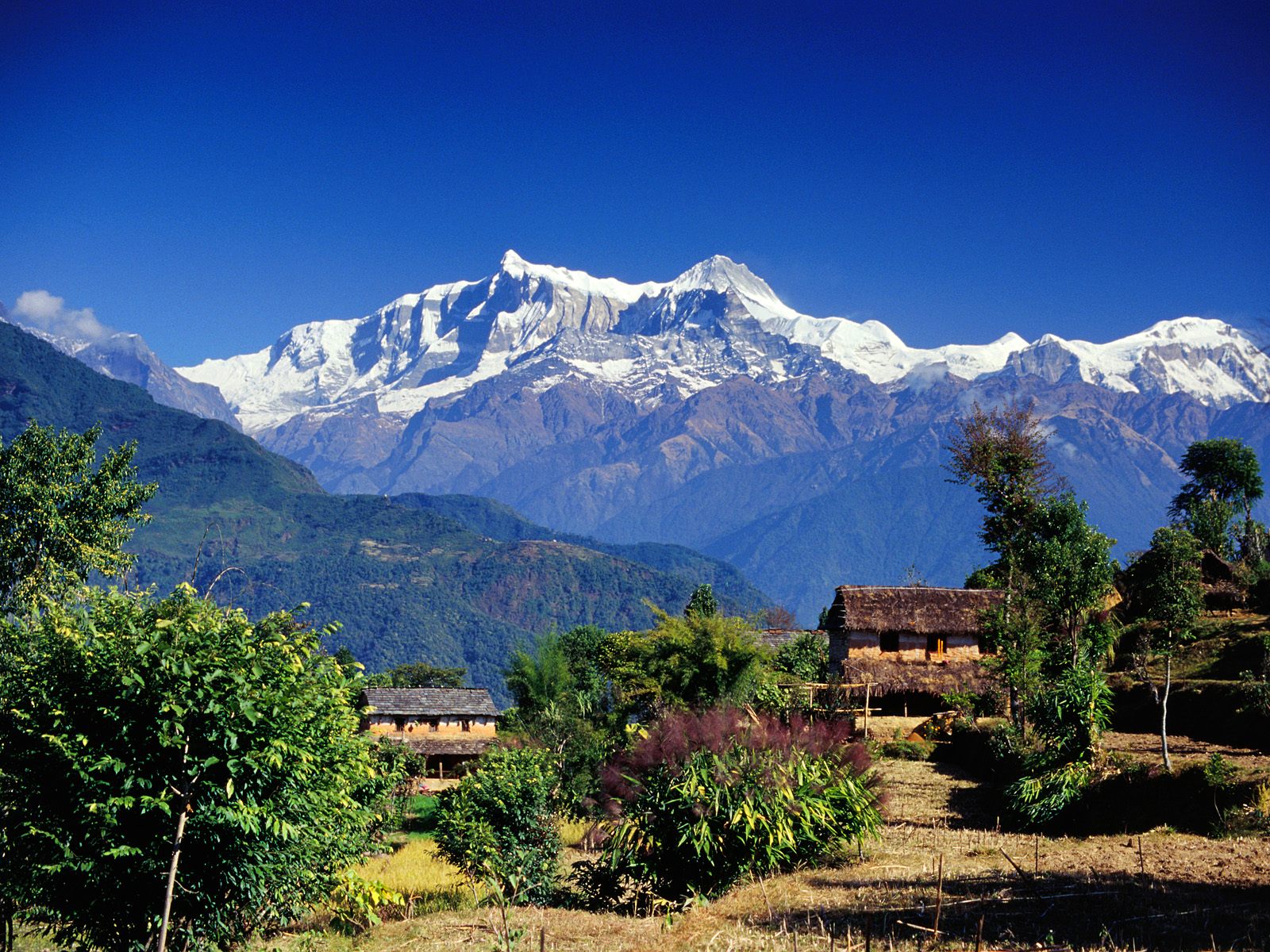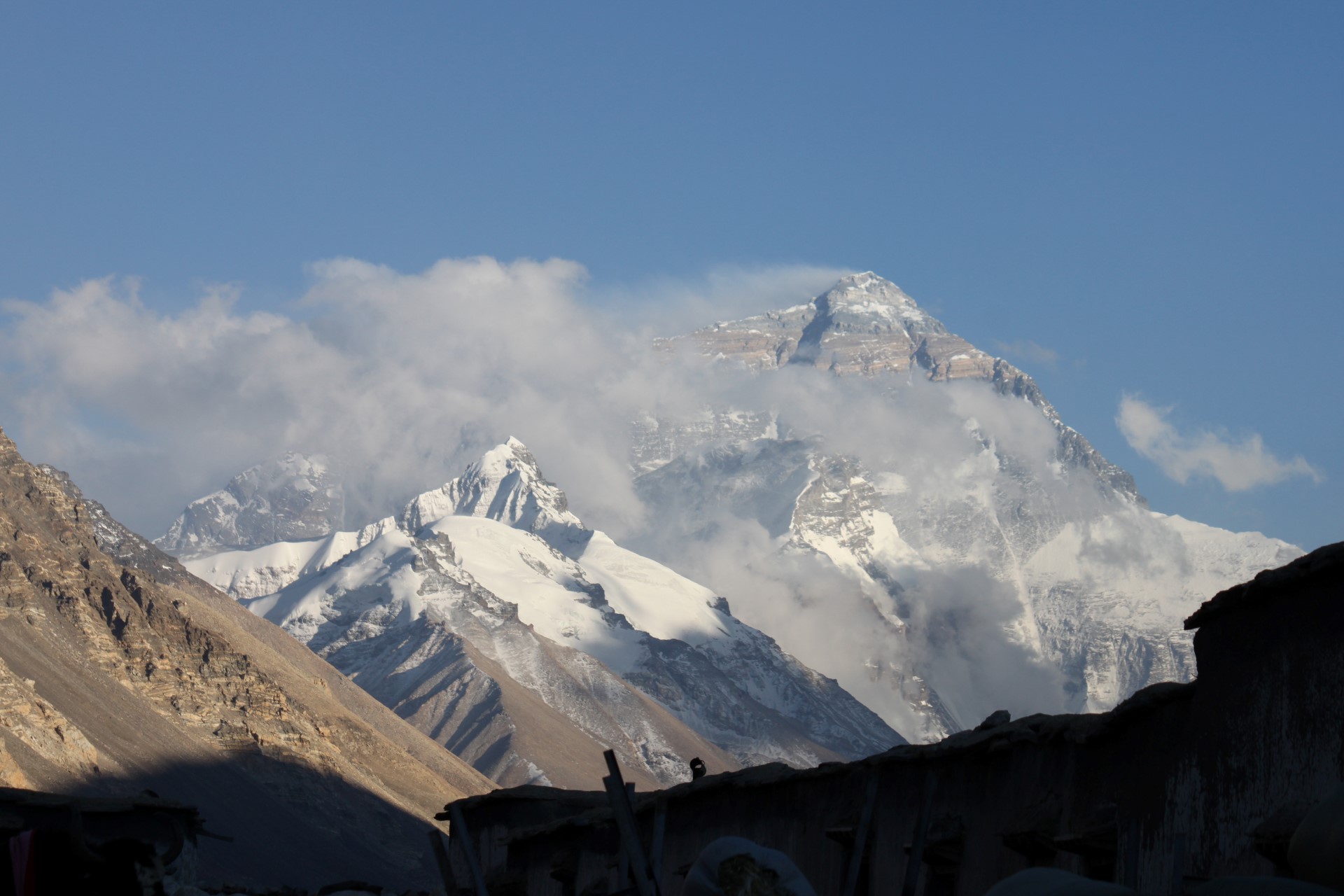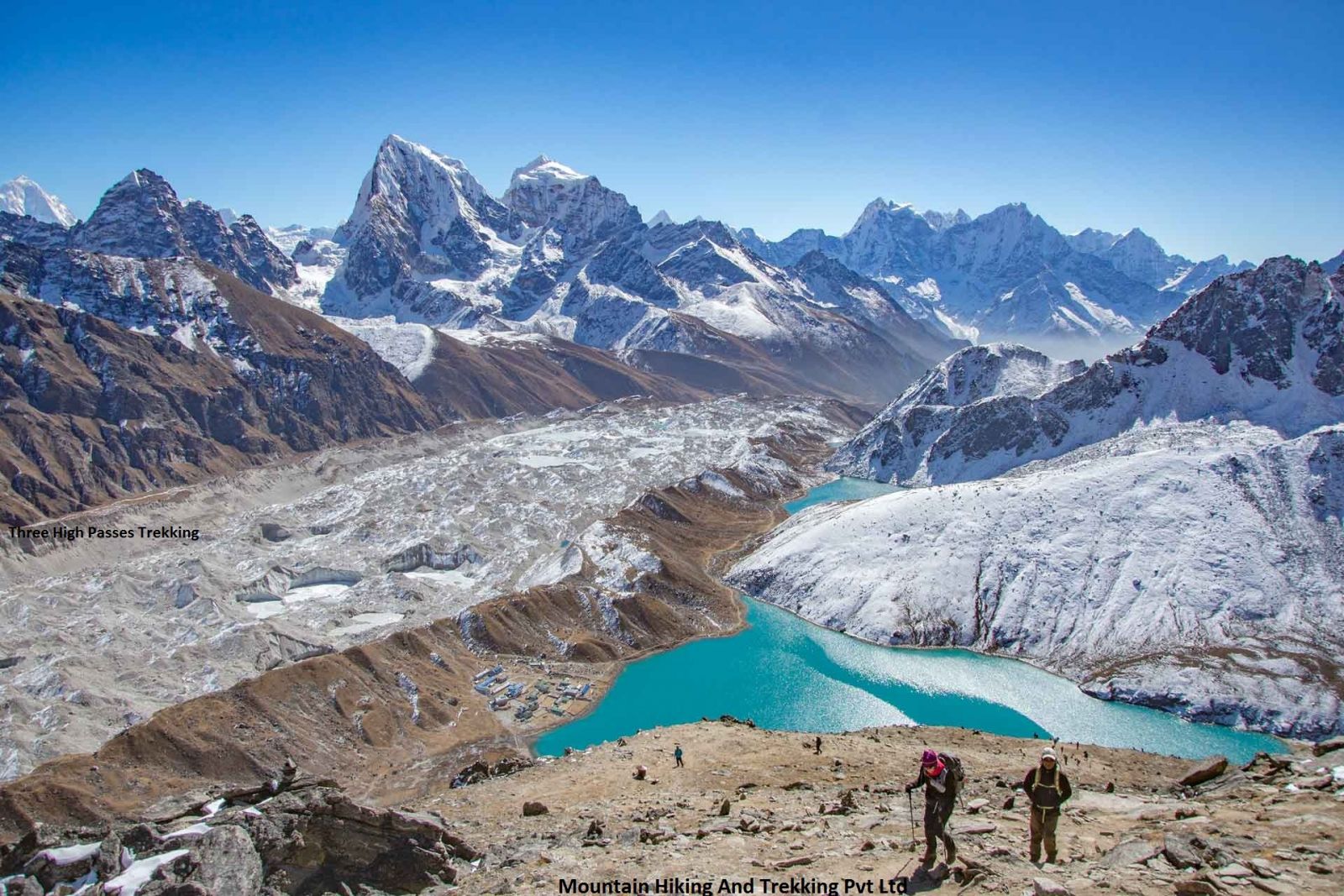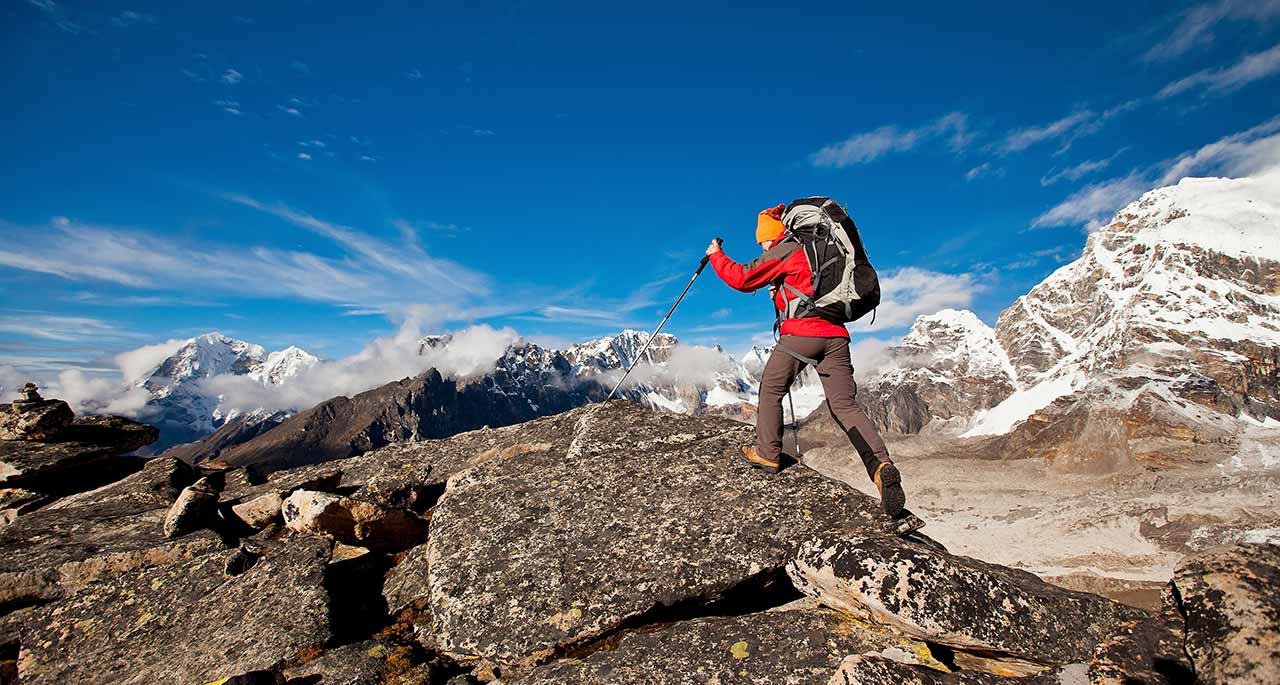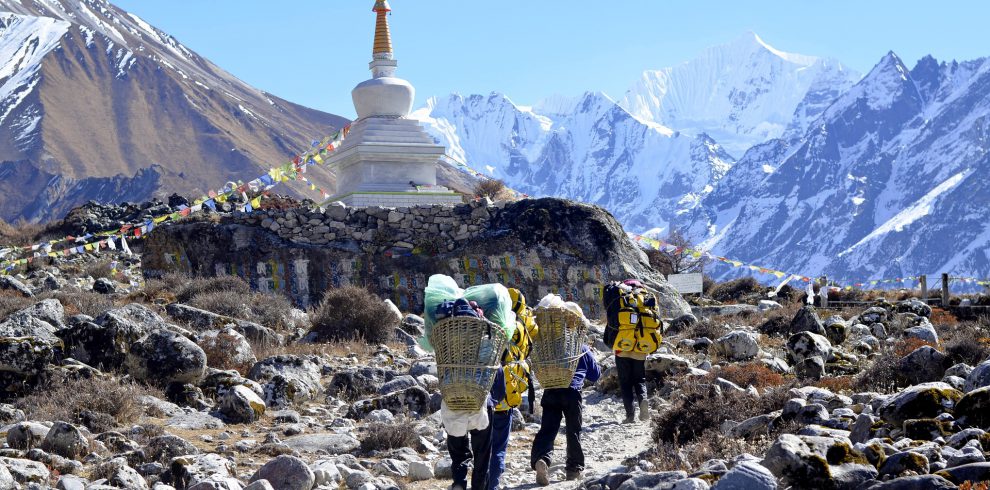- Call Us +977-9841628594 | 01-4249517
- Enquiry Now
Tsum Valley Trekking
Adventure around remote hidden Tsum valley of happiness.
 No-shopping | Group Tour
No-shopping | Group Tour

Overview
Tsum Valley Trekking is an adventure around far north and remote pockets of Mid-West Himalayas around the district of Gorkha. A mystical land with pristine surroundings as well as a forbidden country for the outside world.The isolated Tsum Valley, opened its doors from 2008 onwards for outside visitors to witness its ancestral heritage culture. An amazing wild country Tsum Valley to experience and explore the remote, hidden pockets of far mid-west Himalayas.
Tsum the Valley of Happiness, was named from an ancient Tibetan language known as ‘Beyul Kyimolung’. Scenic and cultural high country, a Shangri-La for many interested visitors, where one can witness its beautiful traditional heritage.As it were for thousands of centuries, the way of life looks primitive but rich in culture and custom. The Tsumba the native of Tsum also barters and trades between the border of Nepal and Tibet. Which is also one of the main economies of the locals, besides farming and raising livestock.An exclusive Tsum Valley trekking falls within a restricted area of Nepal all travelers need a special permit. The adventure starts after ending a long drive from Kathmandu in low warm areas of Gorkha at Machha-Khola.The walk takes you on the main trail of Manaslu Circuit for some days till Lokpa village. As our route diverts heading northeast to a hidden high land of Tsum around the valley of happiness.
Enjoy the views of a towering snow mountain range, as the route leads through lovely villages of Chumling, Chokanparo, and Nile. On walks facing dramatic scenery of beautiful landscapes of rolling hills and valleys with snow peaks.Spending overnights around traditional village lodges and guest houses in the harmony of warm hospitality, the reaching Mu Gompa. Located within a sheer wilderness of high snow-mountain range on windswept terrain, and yet beautiful scenery to enjoy. Visit around Mu Gompa, the oldest monastery of Tsum as well as the highest point of the adventure. After a great experience on the hidden Shangri-La of Mid-West Nepal, the return journey takes you to another interesting Rachen Monastery.As walk follows back on the same scenic trail to reaching Chumling and then downhill to low warm Machha-Khola. Where an exciting drive brings you to Kathmandu, after a wonderful adventure and great experience around Tsum Valley trekking.
Itinerary
Day 1Arrival in Kathmandu and transfer to hotel.
On first arrival at Kathmandu and Nepal International Airport received by our guide and staff with traditional greetings. Taking care of your baggage, and then a short drive to the hotel, located in the heart of a city near the exciting areas at Thamel. Check into your lovely rooms, after getting refreshed from the Jet-Lag, join in with other members for group briefing. Provided by your guide or Group Leader, offering information regarding the trek, hotels, local lodge.As well of local culture with do’s and don’ts, evening a group welcome dinner in a nice authentic Nepali Restaurants. Entertains the environment with folk cultural program as introduction to Nepalese heritage and culture.
Day 2Tour of Kathmandu heritage sites of great interest.
Morning after breakfast, at given time our city and cultural guide will receives you at the hotel. A short drive to the hub of Kathmandu city, for exciting tour of old Durbar Square / Palace Courtyard. The area is teemed with life and activities, a great way to soak into Nepalese cultures. Visiting historical and religious monuments listed in UNESCO World Heritage Sites most of the ancient buildings.After an interesting time at Durbar Square, a short drive to Nepal’s most important landmark, the Swayambhunath Stupa of more than 2,600 years old history. A Buddhist monument tucked on a hill top west of the city, from here visit the Hindu holy temple of Pashupatinath. The tour continues to large dome Stupa of Bouddhanath, as well known as ‘Little Tibet’. A great place to enjoy the tour of the world’s largest Stupa with all seeing eyes of Lord Buddha.Enjoying the day tour, transfer back to hotel rest of the afternoon preparation for the trekking and packing the right gear.
Day 3Drive to Machha Khola 900 m / 2,952 feet approx. 8 hours.
Start the long driving journey as early as possible, having some morning refreshment. As drive leads beyond Kathmandu valley and down to low warm paddy farm areas, village. Heading to a high hills and towards Gorkha district at Arughat town, located on the shelf of Buri-Gandaki River.From Arughat, on the same four wheel of changing to local vehicles for another few hour drives to Machha Khola. A small farm village for overnight stop, the name Machha Khola means a Fishing streams nearby.
Day 4Trek to Jagat 1,340 m -06 hours walks.
After a pleasant overnight in a farm village of Machha Khola, walk heads north towards Jagat hill village. The trail follows through several farm settlements and villages and within a forest of Sal trees and bamboo. Reaching Tatopani a place with natural hot-spring, from here climb to cooler hills and finally ending the walk at Jagat. A nice large village populated with mixed tribes of hill people and culture of both Hindu and Buddhism. Transfer intoa nice simple lodge, rest of the day time to observe the local village life.
Day 5Trek to Lokpa 2,240 m via Deng 1,800 m - 06 hrs.
From Jagat onwards, the trail follows uphill into a forested areas and then with ups and down. Reaching a nice spread out farm village of Philim, with neat
terraces of crops, growing maize, millets and wheat. After a possible rest for lunch stop, afternoon climb continues till a small village at Deng. Having a short break an hour walk uphill to a nice small farm village of Lokpa for overnight. Here onwards within Buddhist country of strong Tibetan culture and custom.
Day 6Trek to Chumling 2,386 m - 06 hrs.
Today’s walk heading towards Tsum areas, on leaving the Buri Gandaki River and main trail of Manaslu Circuit. As our route diverts north-east entering a narrow gorge then a short descent, as climb continues into rhododendron and pine forest through smaller farm villages. Then a final climb leads above Lungwa Khola to Chumling village for first overnight around Tsum Valley.
Day 7Trek to Chokang-Paro 3,010 m - 05 hrs.
Spending first night in the comfort of a small simple and nice lodge, from here altitude slowly gains higher. Facing excellent views of Ganesh Himal with Manaslu Himal range of peaks. Morning walks leads down to cross a bridge over Smatiking Khola, as views of Ganesh Himal remains constant. Which is also known called Yangra in local name for Ganesh Himal which above 7,422 m high. Walk slowly reaches Chokhang-Paro village for overnight stop, using a simple hut serves as lodge as well a home stay.
Day 8Trek to Nile 3,361 m visiting Millerepa cave - 06 hrs.
After Chokang-Paro, our route heads closer towards upper Tsum valley and to Nile (Ne-lay). Morning starts with climb reaching an open exposed valley around windswept terrain, with few small trees of willow and populus that survives around high arid country. The walk continues with climb along with views of Ganesh and Manaslu Himal. After a pleasant nice walk reaching Nile for overnight halt, but before Nile. Taking a side trip visiting a historical meditation cave of 11th Century Saint Millerepa, a famous Guru among Buddhist followers. Millerepa was a poet, singer and tantric guru his folk-song and stories are still remembered by all Tibetans and Buddhist.Nile one of the loveliest village around Tsum Valley, having better lodge accommodation and food menu for trekkers delights.
Day 9Trek to Mu Gompa 3,700 m - 04 hrs.
Morning walk starts on reaching the highest point at Mu Gompa and the main destination of the adventure. Walk continues with climb on a higher terrain facing wonderful views of towering peaks on route to Mu Gompa. After hours of good scenic walk reaching at a small settlement of Mu Gompa for overnight stop.The highest spot with an oldest monastery of Tsum Valley, the monastery old and small building built with mud and stone. But the interior houses important ancient relics and idols of Lord Buddha and other famous Gurus.
Day 10Trek to Rachen Gompa 3, 240 m -04 hrs.
Another short day walk after an interesting time at Mu Gompa, the return journey takes to impressive monastery at Rachen Gompa. Morning walk on gradual path with few short climbs and down through smaller settlements of Yak and cattle herders. Finally ending the day on reaching Rachen Gompa for overnight stop, transfer into a small simple lodge, and afternoon tour of Rachen monastery.
Day 11Trek back to Chumling - 05 hrs.
Today last day around Tsum valley, morning starts with long downhill to Chumling village, heading past few farm areas. Then reaching the tree lines, as walk get better following a nice gradual trail lined with Buddhist monument of prayer walls. As walk reaches Chumling village for last overnight stop within Tsum Valley.
Day 12Trek to Lokpa 2,240 m - 05 hrs.
On leaving the last village of Tsum Valley, return journey on the same interesting route to Lokpa. Back on the main trail of Manaslu Circuit, transfer into a nice simple lodge and enjoy the afternoon marveling the surrounding scenery.
Day 13Trek to Jagat 1,340 m - 05 hrs.
From Lokpa village, morning on downhill following a river downstream facing views of waterfalls. Walk continues through Samba, Tingding Chhupyang to Philim village, and then another hour of descent reaches Jagat village for overnight stop.
Day 14Trek to Machha-Khola - 05 hrs.
Spending the last overnight on the high hill village at Jagat, morning on downhill to low warm paddy fields. Walk follows Burlung Khola and to Tatopani small village, as trail leads Yaruphant. Continue descending past few farm villages and well-tended fields following the Budi-Gandaki to Machha-Khola for last overnight around Gorkha district.
Day 15Drive to Kathmandu-07 hours.
Leaving the farm country of Gorkha, starting early morning for a long drive to Kathmandu. The overland journey leads downhill to Arughat town, and then route diverts towards Dhading areas. As drive continues on winding dirt road and then finally reaching the main highway near Trisuli River. The drive get much better on main highway through many warm village and towns. Then uphill reaching the valley outskirt to enter Kathmandu city. Reaching Kathmandu by late afternoon or evening time just before dinner time. After a grand marvelous adventure on Tsum Valley.
Day 16Free day in Kathmandu for individual activities.
Enjoy the full free day in Kathmandu relaxing and recalling the memories of wonderful Tsum Valley Trek. Options for an exciting tour of Patan / Lalitpur and Bhaktapur, or enjoy individual activities shopping souvenirs of Nepal.
Day 17International departure for homeward bound.
Last day in Kathmandu and in amazing country Nepal, as per your international flight time our staff transfer you to the airport. Then bid farewell to guide and staff as you enter the airport terminal for homeward bound flight, after a marvelous enjoyable adventure on Tsum Valley Trekking.
Whats Included
Whats Excluded
Important News
Reviews
Booking
Place Location
Booking
Major Highlights
- Exploring remote hidden pockets of far north end of Gorkha district .
- Adventure in between Manaslu Himalayas and massif Ganesh Himal .
- Scenic and cultural walks to isolated valley of Happiness at Tsum .
- Following an old caravan route through traditional, cultural villages.
- Walk from green hills to arid and dry terrain of Tibetan landscapes .
Short Trek Profile
Trekking Mode
Tourist standard to *** Hotels in Kathmandu and in best available lodges on treks.Trekking Grade
Moderate with Ups & Downhill walks.Highest Spot
Kathmandu sightseeing tour, exciting drives,with scenic and cultural trek.Trek duration
12 Nights & 13 Days with drive both ways.Starting Point
From Machha-Khola around Gorkha district.Ending Point
At Machha-Khola village within Gorkha district.Trekking Routes
Machha-Khola-Jagat-Lokpa, Chumling-Nile-Mu Gompa.Return Route
Rachen Gompa to Lokpa-Machha-Khola-Kathmandu.Total Trip
16 Nights & 17 Days from arrival to departure.Best Seasons
The best seasons for Tsum Valley Trekking are in spring and autumn/fall however one can visit nearly all year round, except for the wet monsoon time of July and August. The main flow and high season are spring starting from March to May, where days are longer with enough sun-light hours. Spring, is the perfect season when wildflowers are in seasonal bloom, especially the rhododendron of various species from tall trees to short bushes.Morning and late afternoon till night time is cold from 2,000 m above, chances of light rain and snow-fall sometimes.
The next best season is autumn/fall, the high time for trekking around the Himalayas. Most days are crystal clear for scenic walks and best views, but short days due to sun-light hours. Can be much colder from late afternoon till the next morning before the sun hits the area. Chances of snow-fall sometimes from 2,500 m high.
What to Expect
Nepal is a country of the world’s highest mountain range known as the Himalayas, where 80 % of landscapes are covered by hills. As well as greater ridges and mountains, where one can expect walking ups and downhill.The only flat land of the country is located south, which extends from the Far East to the Far West of Nepal. The low land is known as the Terai belt, of sub-tropical climate, the country with most mid and high hills.The people around the hills, especially around the Gorkha district around high Tsum Valley populated by Tibetan origin people known as Tsumbas the highlanders of Tsum Valley beyond Manaslu and Ganesh Himal.The native of Tsum Valley, interwoven with strong Buddhism religion heritage culture, similar to their Tibetan predecessors. Every house is adorned with prayer flags and villages have religious monuments and prayer walls.
The hills are lined with beautiful forests lined with rhododendron, oaks, hemlocks, pines, and fir trees. Higher up with Juniper and Birch trees, but soon gives away for short bushes and shrubs within rocky and windswept terrains.Lovely villages from Jagat, Lokpa, Chumling and Nike with mystical areas of Mu Gompa. Provides nice basic huts serving as lodges with limited simple food menu from Lokpa onwards till Nile village.Nepal has more than 60 ethnic groups and 70 native spoken languages, with a blend of Hindu and Buddhism religions.On this trek expect more uphill climbs with downhill walks, but with constant views of snow-capped peaks. Overlooking Manaslu, and Ganesh Himal as far towards Boudha Himal of Manaslu Himalaya region.
Extension trips
People with enough time in Nepal, can join in for various adventure sports activities. Paragliding, Ultra-Light Flight, Bungee Jumping, Zip Flyer,White water or scenic float Rafting. Other extension program is Mountain Biking for few days, and trip to Chitwan National Park for Wild-Life Safari.

